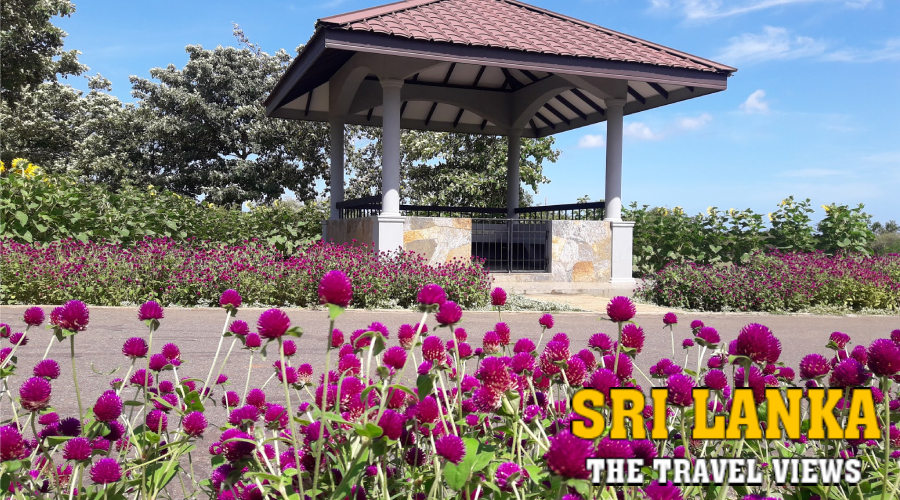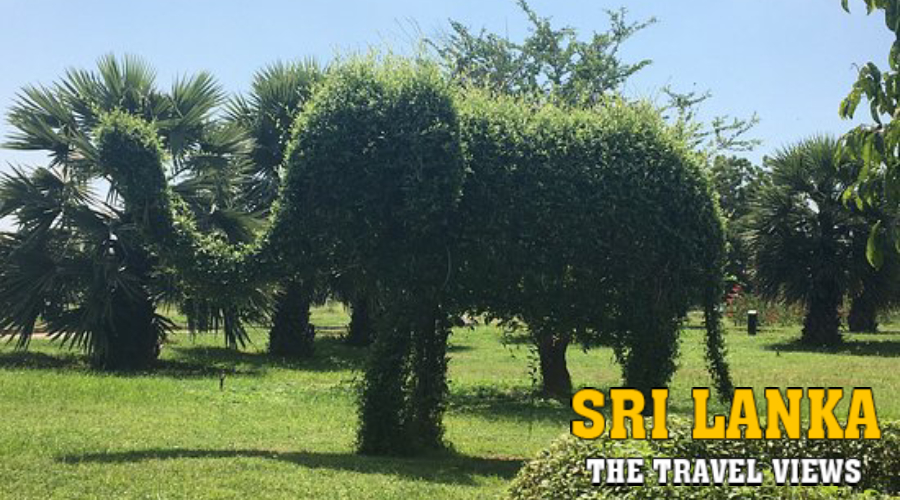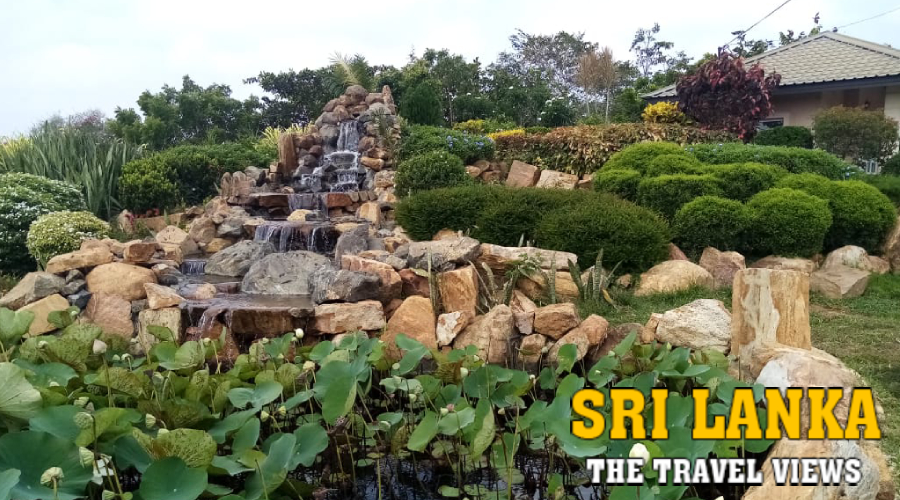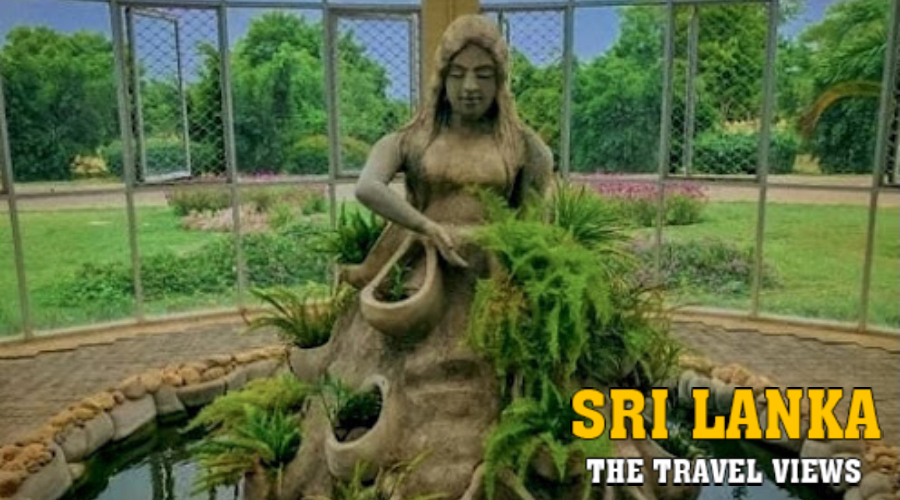Dry Zone Botanic Gardens
Introduction
The Dry Zone Botanic Gardens in Hambantota, Sri Lanka. It is a remarkable testament to the country’s commitment to preserving biodiversity in challenging arid environments. Established to conserve and showcase the unique flora of the island’s dry zone region, this botanical garden stands as a green oasis amidst the harsh, dry landscapes.

Through its diverse collection of plants, educational initiatives, and conservation efforts, the Dry Zone Botanic Gardens play a pivotal role in promoting environmental awareness and sustainable practices.
Arid Zone Challenges of Dry Zone Botanic Gardens
The Dry Zone of Sri Lanka experiences arid conditions for a significant part of the year, with irregular rainfall and high temperatures. This harsh environment poses considerable challenges to plant growth and sustenance.

Many plant species native to this region have adapted to these conditions over centuries. And developing unique mechanisms to conserve water and withstand extreme weather patterns. However, human activities, deforestation, and climate change have threatened the delicate balance of the dry zone’s ecosystem. And making conservation efforts all the more crucial.
Establishment and Purpose of Dry Zone Botanic Gardens
In response to the need for conservation and awareness, the Dry Zone Botanic Gardens were established in Hambantota. The garden’s primary purpose is to serve as a repository of the region’s rich botanical heritage. It aims to collect, propagate, and conserve various plant species, including endangered and rare plants unique to the dry zone. And creating a living library of biodiversity.

By showcasing the remarkable adaptability of these plants to arid conditions, the gardens aim to inspire environmental stewardship and sustainable practices among visitors and the local community.
Collection and Display of Dry Zone Botanic Gardens
The botanical gardens boast an extensive collection of plant species that are native to the dry zone. Various themed gardens represent different ecological niches found in the arid region, such as the dry evergreen forest, thorny scrub, and dry grasslands.

Visitors can explore these unique ecosystems, learning about the significance of each species and their roles in maintaining ecological balance. Through informative signage and guided tours, the gardens offer an educational experience that fosters appreciation for the natural world.
Conservation Efforts
A critical aspect of the Dry Zone Botanic Gardens’ mission is its dedication to plant conservation. The gardens serve as a sanctuary for rare and endangered species. And it is providing a safe environment for propagation and eventual reintroduction into their natural habitats. By establishing ex-situ conservation programs, the botanical gardens contribute significantly to the preservation of Sri Lanka’s plant diversity and the protection of species at risk of extinction.
Promoting Research and Education
It is also act as a research center. It is collaborating with universities and scientific institutions to conduct studies on plant ecology, conservation, and sustainable land management. By contributing to research and knowledge dissemination, the gardens play a role in shaping conservation policies and best practices in arid zone ecosystems.

Furthermore, the gardens host educational programs and workshops that raise awareness about environmental issues. These initiatives inspire the younger generation to embrace their roles as guardians of nature.
Conclusion
The Dry Zone Botanic Gardens in Hambantota are more than just a collection of plants. They are a symbol of Sri Lanka’s commitment to preserving its natural heritage and fostering sustainable practices in challenging environments.

With its diverse collection of arid zone flora, conservation efforts, and educational initiatives, the gardens provide a beacon of hope for the future of the country’s biodiversity. As visitors immerse themselves in the unique landscapes and learn about the delicate balance of nature, they are inspired to take an active role in protecting the planet for generations to come.








